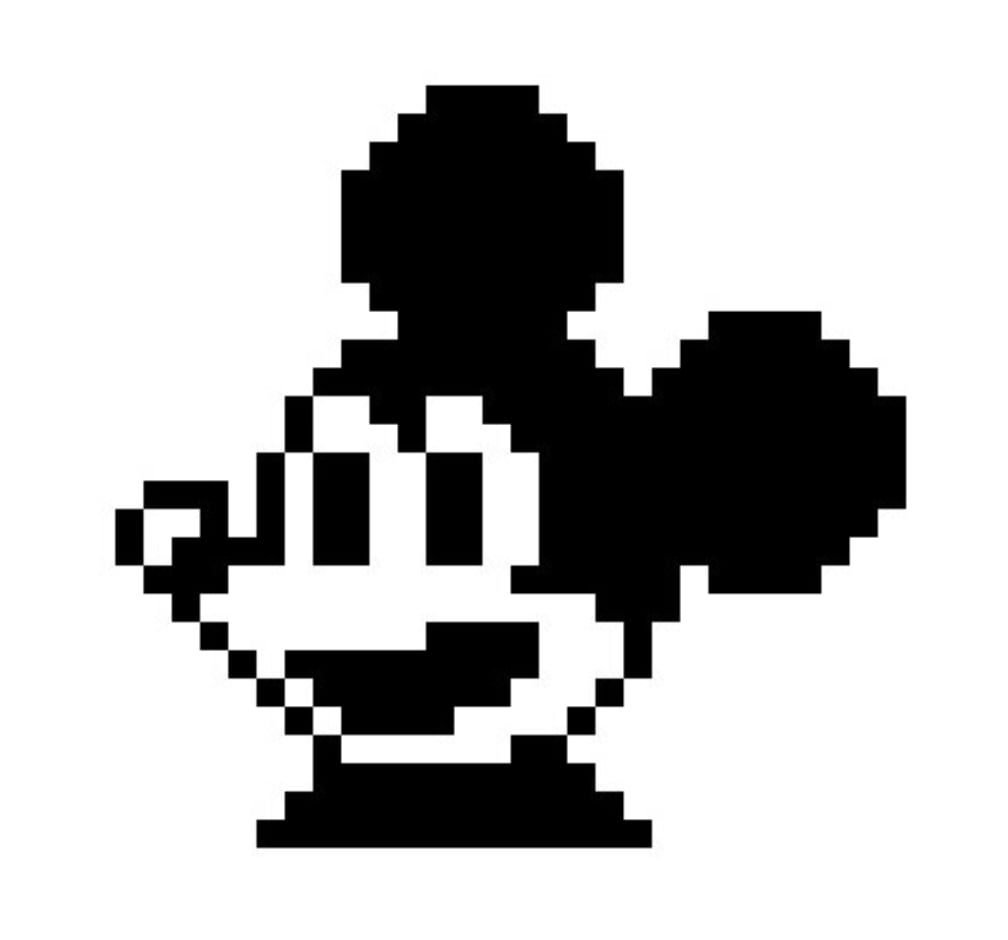

@PaintedSnail@lemmy.world Yeah, I’m aware, my reply was an attempt to “Monty-Pythonize” the degree of absurdity from the questions 😆
Digital hermit. Another cosmic wanderer.


@PaintedSnail@lemmy.world Yeah, I’m aware, my reply was an attempt to “Monty-Pythonize” the degree of absurdity from the questions 😆


@mkwt@lemmy.world @Blujayooo@lemmy.world
TIL I’m possibly partially (if not entirely) illiterate.
Starting with the first question, “Draw a line a_round_ the number or letter of this sentence.”, which can be ELI5’d as follows:
The main object is the number or letter of this sentence, which is the number or letter signaling the sentence, which is “1”, which is a number, so it’s the number of this sentence, “1”. This is fine.
The action being required is to “Draw a line around” the object, so, I must draw a line.
However, a line implies a straight line, while around implies a circle (which is round), so it must be a circle.
However, what’s around a circle isn’t called a line, it’s a circumference. And a circumference is made of infinitesimally small segments so small that they’re essentially an arc. And an arc is a segment insofar it effectively connects two points in a cartesian space with two dimensions or more… And a segment is essentially a finite range of a line, which is infinite…
The original question asks for a line, which is infinite. However, any physical object is finite insofar it has a limited, finite area, so a line couldn’t be drawn: what can be drawn is a segment whose length is less or equal to the largest diagonal of the said physical object, which is a rectangular paper, so drawing a line would be impossible, only segments comprising a circumference.
However, a physically-drawn segment can’t be infinitesimal insofar the thickness of the drawing tool would exceed the infinitesimality from an infinitesimal segment. It wouldn’t be a circumference, but a polygon with many sides.
So I must draw a polygon with enough sides to closely represent a circumference, composed by the smallest possible segments, which are finite lines.
However, the question asks for a line, and the English preposition a implies a single unit of something… but the said something can be a set (e.g. a flock, which implies many birds)… but line isn’t a set…
However, too many howevers.
So, if I decide to draw a circumference centered at the object (the number 1), as in circle the number, maybe it won’t be the line originally expected.
I could draw a box instead, which would technically be around it, and would be made of lines (four lines, to be exact). But, again, a line isn’t the same as lines, let alone four lines.
I could draw a single line, but it wouldn’t be around.
Maybe I could reinterpret the space. I could bend the paper and glue two opposing edges of it, so any segment would behave as a line, because the drawable space is now bent and both tips of the segment would meet seamlessly.
But the line wouldn’t be around the object, so the paper must be bent in a way that turns it into a cone whose tip is centered on the object, so a segment would become a line effectively around the object…
However, I got no glue.
/jk
private bool isEven(int number){
bool result = true;
while (number > 0){
number = number - 1;
if (result == true)
result = false;
else
result = true;
}
return result;
}
(P.S.: Only works for positive numbers)


@FabledAepitaph@lemmy.world @BombOmOm@lemmy.world What exactly is Moisturefox? Never heard about it. Is it a Firefox fork for desktop or mobile? How much does it differ from forks such as Librewolf, Waterfox, Fennec and IronFox?
@josefo@leminal.space @JoMiran@lemmy.ml
Technically speaking, the joystick involved analog voltages to be converted to digital signals… And what else have ADC (analog-to-digital converters) chips? Soundcards, because ADCs are used to convert mic input, alongside the “line in”, both of which are analog voltages, into PCM signals, which are discrete (as in “non-continuous”) streams of bits. Something inverse happens for “headphone”, “speakers” and “line out” pins: a PCM stream coming from the sound driver is converted to analog voltages using a DAC.
While other ports also happened to deal with analog<->digital conversion, a soundcard was particularly specialized at this job, alongside graphic (VGA) cards (VGA has lots of analog signals), but graphic cards were already too busy with thousands/millions of pixels and, well, with computation of graphics.
Other boards aren’t so fitting for analog-digital job. For example: a NIC (Network Interface Card) already deals with digital signal so, theoretically, no conversion is necessary from/to analog. Parallel ports (those for printers) also natively deals with digital signals. Expansion cards with USB ports, same thing. And so on…
(Apologies for my blank reply if my deletion didn’t federate due to insufficient Sharkey-Lemmy federation, I mistyped enter as I was getting ready to write my message)